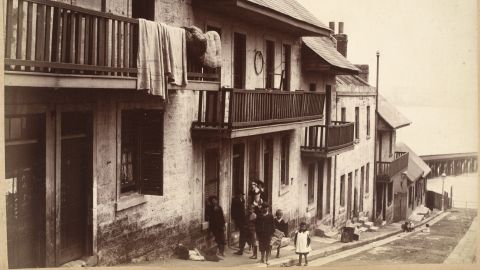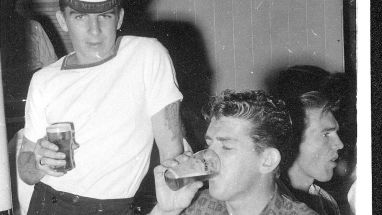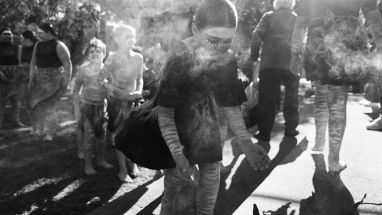The City of Sydney has an archive of over 1 million items that documents the council and the development of the inner city from 1842.
Friday 9 June is International Archives Day, a day about recognising the importance and value of archives like our own.
"I encourage everyone to dive in and explore our free archives and the fascinating finds inside," Clover Moore, Lord Mayor of Sydney said.
"Archives do more than simply document our past, they also remind us how life has changed and how our community has evolved into what it is today."
Here are 5 things you might not know you can find in our archives.
1. Discover true stories behind key landmarks
The City Archives reveals much about the Sydney’s built environment.
The Argyle Cut is a narrow passageway carved out of the sandstone ridge that divided Millers Point and The Rocks. The cut provided faster and easier road access between Darling Harbour and Circular Quay for the growing maritime trade.
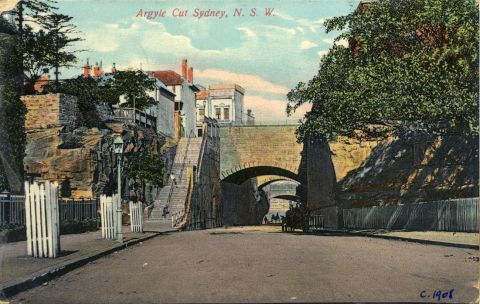
Many Sydneysiders believe the Argyle Cut was the work of convicts. While it certainly started that way in 1843, work was soon suspended and it fell to the newly formed Municipal Council of Sydney to complete it.
The City Archives holds a memorial from 1844 signed by inhabitants of the area requesting its completion.
2. Explore impressive buildings from the past
The City Archives is a great source of information about buildings in the local area that no longer exist.
The Intercolonial Exhibition Building in Prince Alfred Park was a distinctive example of ornate Victorian Baroque architecture in Sydney. The council designed and built the structure in 1870 to mark the centenary of Captain James Cook’s landing in Botany Bay.
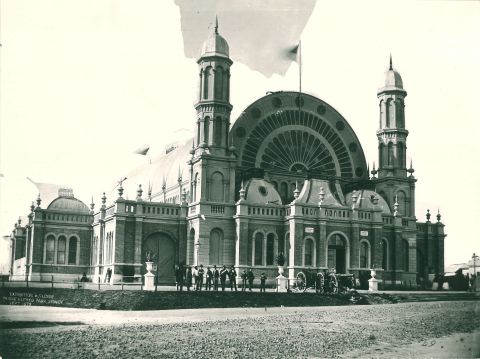
Sporting and arts groups sought to rent the space for their activities. People applied to hold concerts, bicycle tournaments and skating events, exhibit cinema (cinematograph), host an animal menagarie and accommodate troops for the opening of Commonwealth Parliament in 1901. Not all requests were granted.
For a decade from the mid-1920s, the Australian War Museum leased the building to exhibit relics from World War 1.
The Exhibition Building was demolished in 1954 to make way for a municipal ice-skating rink and swimming pool.

3. See how Sydney marked events and celebrations in the past
The City of Sydney has long been involved in festivals, special occasions, and royal visits, including the Sydney Lunar Festival and New Year’s Eve celebrations in more recent times. The archives also holds donated material from other celebrations, commemorations and festivals in the local area.
A key series in the City Archives is the so-called Demolition Books. The photographs in these albums document condemned buildings as well as construction of council-owned buildings and infrastructure.
One album in the series contains photographs showing decorations and illuminations in Sydney’s streets and parks from 1911 to 1927.
You’ll find photographs of illuminated public buildings and streets, and decorations for the King’s Coronation in 1911, visiting royalty and the British Fleet in 1924.
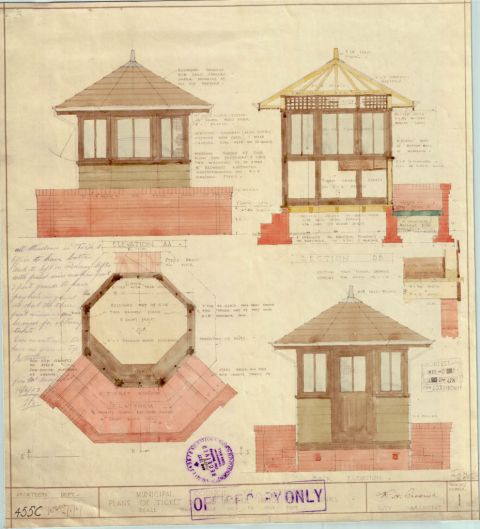
4. Track the development of our parks and neighbourhoods over time
The City Archives reveals much about the development of Sydney’s open spaces.
Moore Park had many uses during the 19th century. Cows grazed and horses exercised on the land. In the 1860s, the council dedicated land from Moore Park for cricket and later lacrosse, bowls and even polo. Moore Park was also used for military exercises and parades, temporary circuses, a rifle range, a public dog pound, a tip, and a slaughterhouse.
The Destructor, an incinerator with a towering chimney, was added in 1901 and operated until 1937. The complex was also used for disinfection of clothing and furniture.
Sydney's first zoo was in Moore Park from 1879 until it moved to Taronga Park in 1916. Sydney Girls’ High School and Sydney Boys’ High School were built on the former site of the zoo in the 1920s.
The Royal Easter Show went to Moore Park in 1882 and the Australian Golf Club, the oldest active golf club in Australia, was established there in the same year.
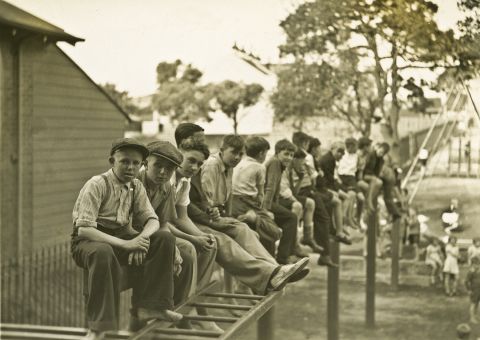
5. Discover the experiences and attitudes of Sydney residents from the past
Sydney Council received thousands of letters from residents in the 19th century including complaints and suggestions, petitions for improvements and requests for assistance.
One keen letter writer was Henry Burton Bradley, a London-born solicitor. Bradley had an enthusiastic interest in sanitation and healthy housing and wrote many letters to the City of Sydney. He even set up a model lodging house for disadvantaged people to practise his theories.
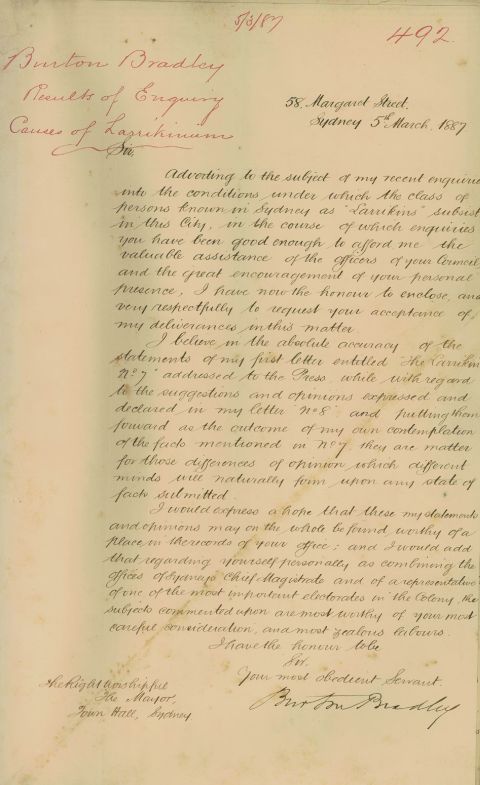
Bradley’s letters cover the need for public toilets, public baths and wash houses, and by-laws for bicycle safety. He also wrote about the “abominable state of the streets” and asked for information about conditions under which “youth of the male sex are growing up to be idle and dissolute”. He provided a multi-page treatise on the problem of the larrikin and circulated a booklet about the dangers to health caused by poor house drainage.
Intrigued? Wonder what you might find yourself? Explore the City Archives.
Published 8 June 2023, updated 9 June 2023
